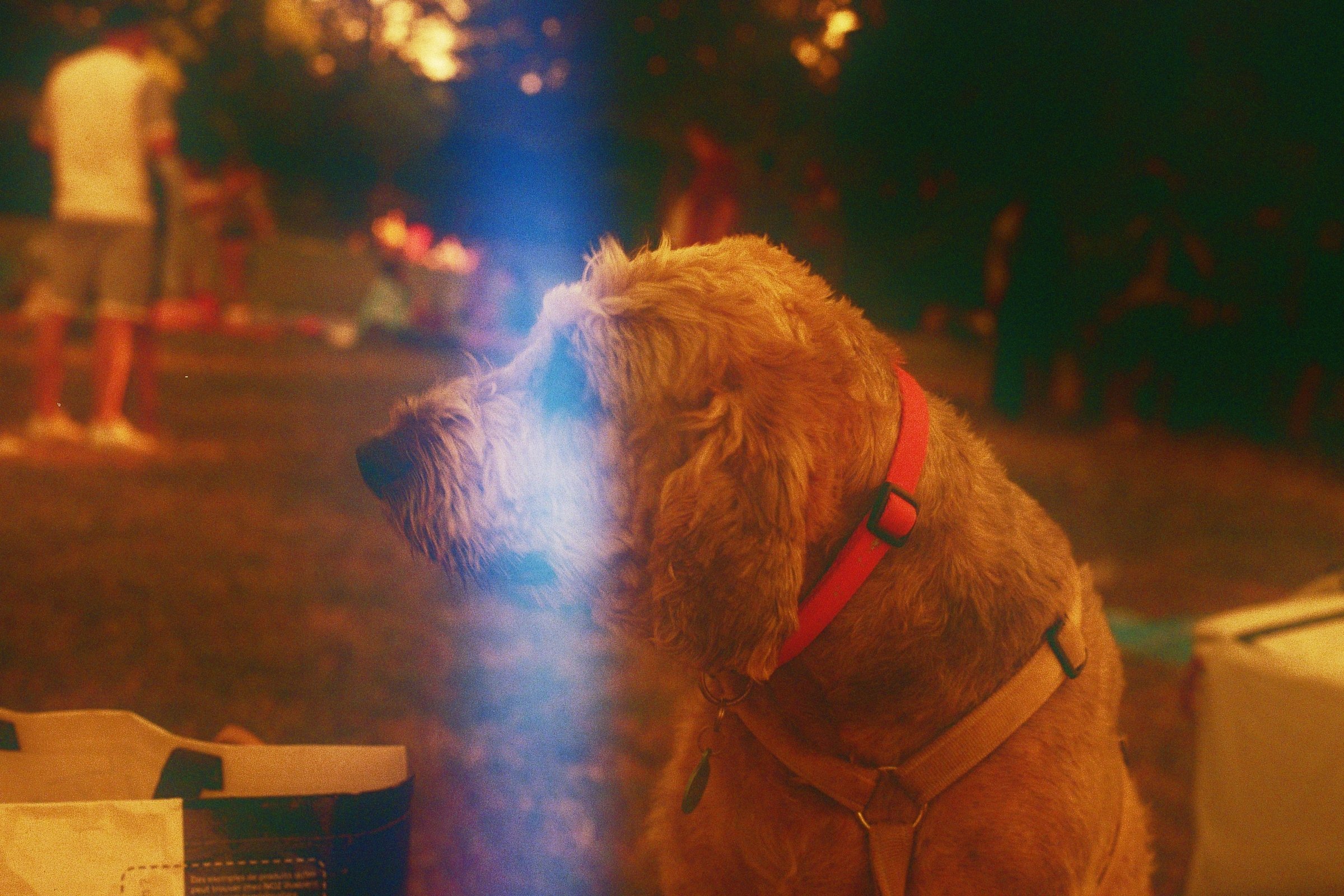The sensor noise would be distributed evenly, and not clustered around the rod like bees.

😂
Why not? Isn’t most of the radiation coming from the rod itself? I’d expect a vertical, high-intensity cloud over the rod, which gets less intense the further it goes to the left and to the right of it.
The high frequency of the gamma radiation mostly ignores the relatively thin lens material, you have to be very very close for the geometry of the sensor and source and their alignment to significantly impact the noise in the image
Because the radiation isn’t significantly affected by the camera optics
The Cobalt-60 in that cinnamon stick has a half-life of about 5 years. It says it was made in 1963 so with the drop in radioactivity you’ve probably got a few months left to live!
12 half lives is 4096x drop in radioactivity.
deleted by creator
Your overestimating the lethality of radiation. The “Demon Core” guy lasted 9 days. The firefighters from Chernobyl lasted a month. The only criticality events that I can find with immediate fatalities also involve steam explosions.
For those who know, steam is scarier than radiation or fire.
I think you’re reading their comment too literally. I think it’s meant as a joke that the stick is nearing its “EOL”, not the person holding it, but they’re wilfully misinterpreting it.
I don’t know what commenter meant, but it’s important to spread accurate information about radiation and nuclear tech.
Personally I wouldn’t be holding that rod long enough to read the date and do the maths. Just out of healthy caution.
it says drop and run, do that first.
deleted by creator
i went down a rabbit hole on cobalt 60 after seeing this. Cobalt 60 can actually kill you in less than an hour from acute exposure.
You are not considering what @ImplyingImplications@lemmy.ca is considering.
OP ate that stick with the Kellogs™
For those who know, steam is scarier than radiation or fire.
Burned my whole index finger with microwave-heated vegetables.
For those who know, steam is scarier than radiation or fire.
Found Tim Sweeney’s Lemmy account.
That’s my favorite brand of suppository!
I’m walkin’ on sunshine, woah-oh!!
I’m walkin’
onsunshine, woah-oh!!
When doing my NIH traineeship, in the new lab, it came to be my turn to do the monthly radiation inventory. When going down the list, while checking the radio labeled nucleotides and labeled reagents in the freezer etc, I came across an entry for 600 Curies of Co 60! Freaking out I immediately went to the PI and told him about this. He laughed and said someone had to be responsible for the campus radiation source and since our lab used it a lot to make feeder cells, we were the lucky custodians of said source. I did get quite the fright though!
mmmh good old orphan sources
That’s a magic cinnimon stick!
Cinnamon powder challenge
I thought that said “drop and rub” like “you’re probably gonna die the horrific death of radiation poisoning you should just expedite it”
I interpreted it more as “you’re probably gonna die the horrific death of radiation poisoning, you should rub one out for the last time before you go”
Hope OP’s a righty!
he won’t know if he’s cuming or going!
–George Carlin
Cursed
More like radiated.
She gotta crack the glow stick first
Do you taste metal?
I can see the beta particles mutating your hand
deleted by creator






